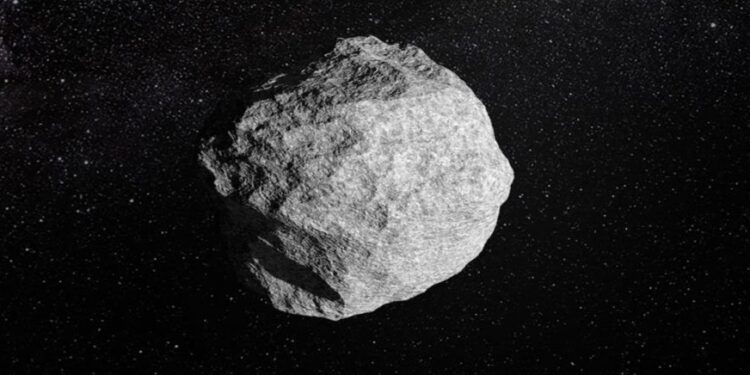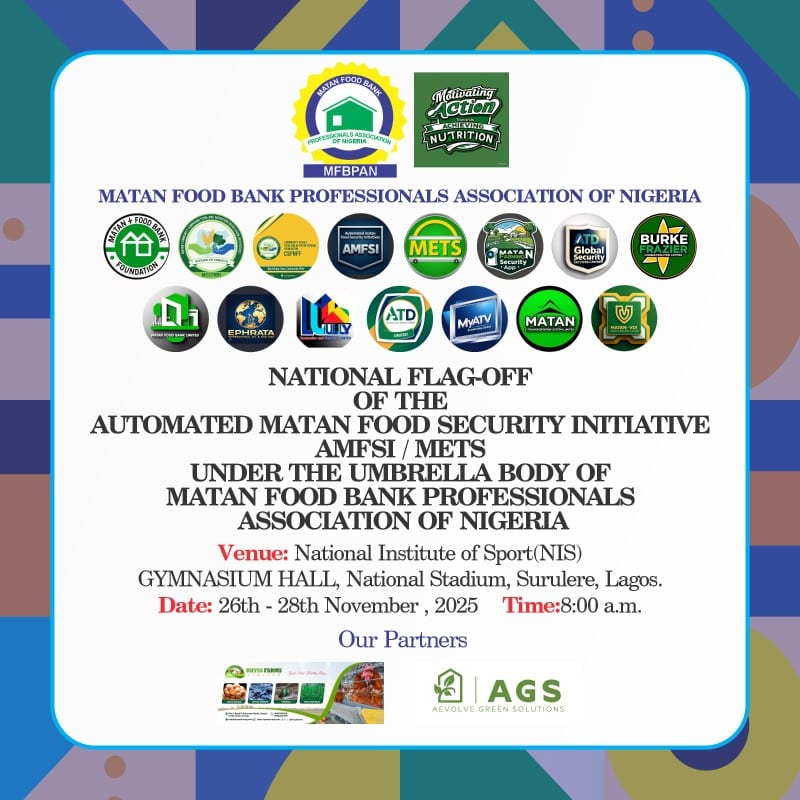A newly discovered asteroid, designated 2024 YR4, has a 1-in-83 chance of striking Earth in December 2032. The asteroid, estimated to be 196 feet (60 meters) wide, is currently 27 million miles away.
Named 2024 YR4, the asteroid has a 2.2% chance of hitting our planet on December 22, 2032, according to the European Space Agency. The risk assessment has increased from a chance of 1.2% over the last week due to new observations.
Potential impact zones identified
According to Space and Wired, David Rankin, an engineer with NASA’s Catalina Sky Survey Project, mapped out a ‘risk corridor’ for the asteroid’s potential impact.
The corridor includes northern South America, the Pacific Ocean, southern Asia, the Arabian Sea, and Africa.
Countries at risk include India, Pakistan, Bangladesh, Ethiopia, Sudan, Nigeria, Venezuela, Colombia, and Ecuador. The asteroid’s impact could cause a mid-air explosion equivalent to 8 million tons of TNT, affecting a 50-kilometer radius around the site.
Astronomers’ efforts and potential consequences NASA has allocated an international team of astronomers to use the James Webb Space Telescope to gather more information about the asteroid’s dimensions.
Astronomers believe that the asteroid, as large as the Statue of Liberty, could cause significant damage if it strikes Earth. The potential for such an event has prompted increased attention and efforts to monitor and study 2024 YR4.
Astronomers expect the percentage to evolve as more observations are shared. If this asteroid follows the pattern of other near-Earth asteroids after their discovery, the chances of impact will rise and then fall, according to the agency. For example, the asteroid Apophis was once considered one of the most hazardous asteroids, with the potential to strike Earth after its discovery in 2004. In 2021, scientists revised that opinion after a precise analysis of the asteroid’s orbit.
The more astronomers can observe asteroid 2024 YR4, the more they can refine their understanding of its size and trajectory, which will determine the likelihood of an impact.












